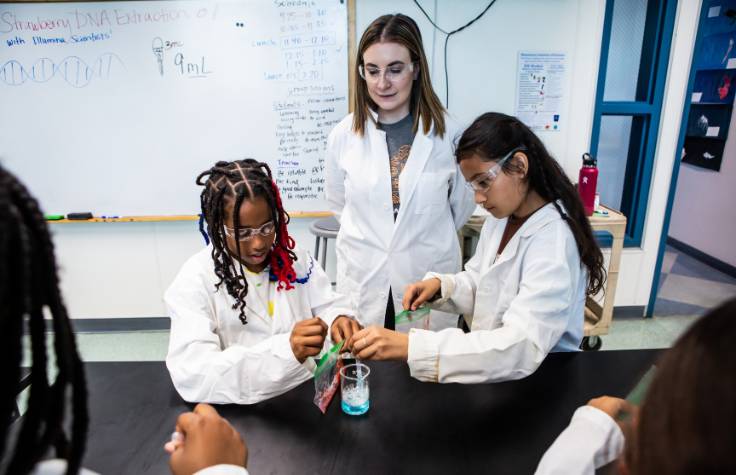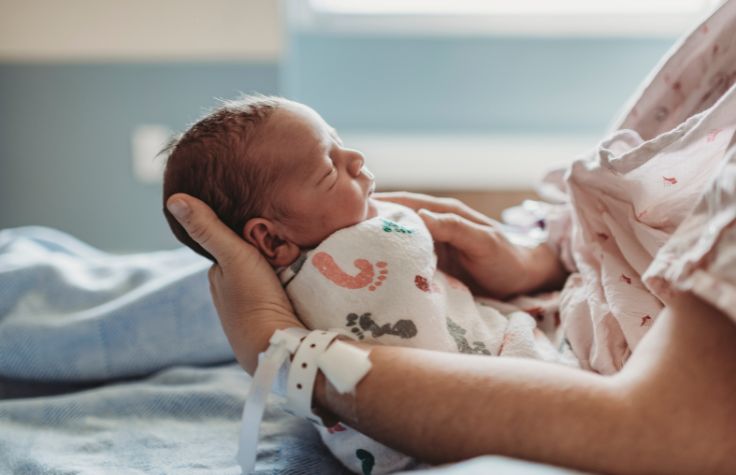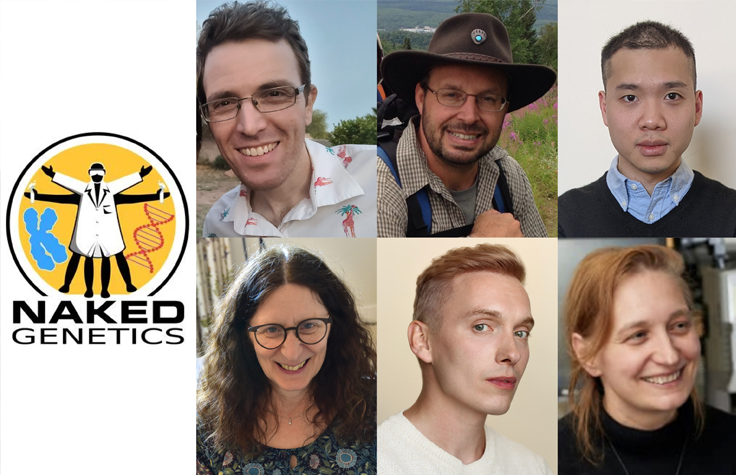
11 March 2021
With this study, we see that WGS has the potential to provide clinical utility by improving the diagnosis, management, and outcomes for patients with leukemia. That’s great news for everyone.
“These are important results because they demonstrate that, when used in a clinical setting, WGS can perform better than karyotyping or FISH,” said Phil Febbo M.D., Chief Medical Officer at Illumina. “Coming from the same group that published the first cancer whole genome in 2008, these important findings demonstrate how WGS is moving from the laboratory into the clinic for cancer and also suggests that WGS is becoming cost-neutral in certain settings.”
Pathologists use different techniques to assess genetic mutations in myeloid tumor samples, including karyotyping, targeted sequencing, and FISH. In karyotyping, physicians visually assess chromosomes for damage. FISH uses fluorescent probes to detect anomalies.
While these approaches have been effective, they also have drawbacks. Even under ideal conditions, karyotypes can be difficult to interpret. Also, cultured cells may not grow properly, forcing clinicians to go back to patients for more samples. FISH can be problematic because results can be subjective. While WGS has offered potential solutions to these challenges, the technology was performed in research settings and findings required confirmation with clinically validated tests.
The study initially profiled 263 patients suffering from a myeloid cancer. Of these, 235 had already had their samples karyotyped. WGS detected all the mutations found in the initial screens, as well as 40 genomic anomalies karyotyping missed.
A subset of the samples that were sequenced came from 117 unselected, consecutive patients. In this cohort, WGS identified new genetic variants in 29 patients. The new findings in 19 of these patients would have reclassified them into different risk categories, meaning that their treatment plans could have been altered by sequencing.
Overall, WGS identified 100% of the mutations identified by karyotyping and FISH and found new anomalies in 25% of patients. This could potentially change how myeloid cancer patients are managed.
The WGS workflow was also performed in turnaround times that were as good or better than standard testing, which can take seven to 14 days for many patients. WGS took less than a week on average, and in some cases, results were available in three days.
These results have broad ramifications for cancer patients and the people who care for them. For patients, the improved diagnostic accuracy means they can be treated more precisely. AML patients are divided into three different treatment profiles based on the severity of their disease. A patient given the wrong profile could potentially be overtreated or undertreated. In an extreme example, a misclassified patient might receive an unnecessary stem cell transplant, a costly and precarious procedure.
For hospitals and pathologists, WGS can simplify how they assess tumor samples. Rather than using multiple techniques, they can rely on a more limited number of samples improving the workflow. For example, there are three types of FISH probes, and each one must be used in a different clinical scenario. WGS eliminates those redundancies.
These findings also lay to rest the idea that WGS is too slow and costly to be used in clinical situations. The combination of NovaSeq 6000, Illumina chemistry, and the DRAGEN bioinformatics platform produced faster results without increasing costs.*
The authors believe this proof-of-concept study is an excellent first step and encourage continued research in larger cohorts.
“We just celebrated the 20th anniversary of Human Genome Project, so these are timely findings,” said Febbo. “One of the project’s aspirations was to inspire techniques, like WGS that would improve patient care. With this study, we see that WGS has the potential to provide clinical utility by improving the diagnosis, management, and outcomes for patients with leukemia. That’s great news for everyone.”
* For Research Use Only. Not for use in diagnostic procedures.


